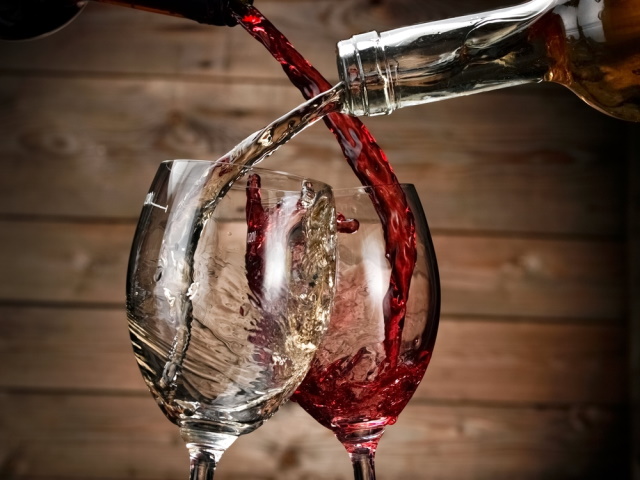
As a wine enthusiast, nothing is more frustrating than buying a bottle of vino only to discover it doesn't taste exactly as you hoped — it's just not as sweet or as dry as you thought it would be.
At that moment, you are probably thinking that there has to be a better way to figure out if a wine is dry or sweet before you get it home. The good news is that there is a better way. Read on to learn why wines vary in sweetness, and how to avoid that first disappointing sip.
What Makes a Wine Sweet or Dry?
Whether a wine is sweet or dry ultimately depends on the amount of residual sugar retained from the grapes during the fermentation process. While dry wines retain little or no sugar, sweet wines have varying degrees of sugar left in the finished wine. Semi-dry or semi-sweet wines are somewhere in the middle, whereas a true dessert wine will have much more sugar. But the fermentation process is not the only thing that determines how sweet the contents of your glass will be.
Tannins also play a role in separating the sweet from the dry. Tannins — bitter and astringent compounds found in things like walnuts, tea, and cranberries — are what give dry wines their signature mouthfeel (think Cabernet Sauvignon or Barolo).
No two people have the same reaction to the tannins in wine. People with more proteins in their saliva, for example, may be less affected by the dryness of a tannin-heavy wine. A pairing with salty food is also likely to reduce the dry taste of a wine.
Acidity is another factor that affects how sweet or dry a wine tastes. A varietal that is higher in acidity is likely to taste drier, which is why some producers of high-acidity wine leave a few grams of residual sugar in the bottle to balance the overall palate.
Finally, aroma plays a role in how sweet a wine will taste on your tongue. Naturally, anything that smells sweet is likely to taste sweet.
How To Tell if a Wine Is Sweet or Dry
Now that you know which factors make a wine sweet or dry, use these tips to make your wine shopping a breeze.
Learn a Few of the Most Common Wine Styles
While you don't have to be the kind of wine expert who knows every single wine varietal or style available on the market — as that would be nearly impossible for most — it is helpful to familiarize yourself with some of the most popular styles out there.
Some of the most beloved dry whites include Sauvignon Blanc, Chardonnay, and Pinot Grigio. If you like dry reds, on the other hand, think Merlot, Cabernet Sauvignon, and Pinot Noir. Riesling finds itself on the semi-sweet end of the white spectrum, while Zinfandel even though mostly dry, can come across as a slightly sweet red due to its jammy, fruit-forward flavors. If you like to stay on the truly sweet side, dessert or port wines are your best bet. Try a Sauternes for white or a nice Port for red.
Check the Alcohol Content
One rule of thumb for learning how to read a wine label is to check the percent of alcohol on the label. If it is 11 percent or lower, the wine is "probably" on the sweeter side — less alcohol usually means more residual sugar.
Unfortunately, this method is not always foolproof because it does not take the flavor profile of the grape variety into consideration. For example, a bottle with a 14 percent alcohol content may still taste a little sweet if the varietal is naturally fruitier or less acidic. Nor does it account for fortified wines, such as port, which are both sweet and higher in alcohol.
Learn Label Keywords
Even if you are not currently shopping around for a new bottle to add to your collection, it is a good idea to learn what dry and sweet mean. If you see words like trocken or brut printed on the label, the wine is dry. On the other hand, doux or dulce indicate sweetness.
Taste Test
Truthfully, the best way to know where a wine falls on the dry-to-sweet spectrum is to taste it. But, if you want to have a slight idea of what you are getting into before opening the bottle, these tips and tricks may help you in your search for the right fit.
For a expert guidance, it never hurts to ask! Reach out to a wine consultant like those on the the team of Fine Wine Specialists at JJ Buckley Fine Wines. Our services are free and provide honest, impartial advice to customers who are unsure which bottle should be added to their collection next.
Whatever you choose — sweet, dry, or something in between — be sure to make the purchase from a quality fine wine retailer. After all, life is too short to waste sipping sub-par wine!